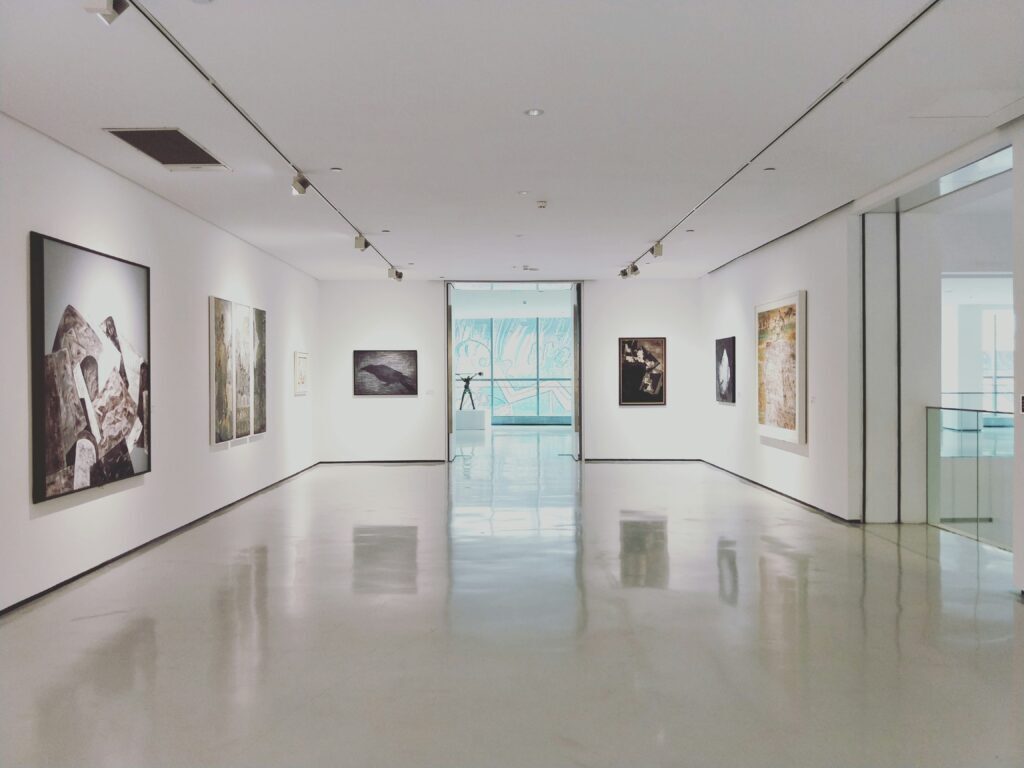Museums and cultural institutions face a complex challenge: protecting priceless artworks and historical artifacts while maintaining an open, welcoming environment for visitors. Recent high-profile thefts and acts of vandalism have exposed vulnerabilities in traditional museum security systems, emphasizing the need for innovative solutions that combine reliability, discretion, and adaptability.
Light Detection and Ranging (LiDAR) technology – initially developed for aerospace and autonomous vehicle navigation – is increasingly being adopted in museum security systems. Its ability to create precise, real-time 3D maps of spaces offers a unique approach to safeguarding cultural heritage without compromising visitor privacy or the architectural integrity of historic buildings.
The Evolving Security Landscape in Museums
Museums contend with a broad spectrum of security threats, both during public hours and after closing.
During opening hours, risks include opportunistic theft and accidental damage by visitors, often in areas with limited staff presence. Acts of vandalism and protest are sometimes deliberately staged to gain visibility and cause reputational harm. Additionally, insider threats from employees or contractors with privileged access remain a concern.
After hours, forced break-ins are common, with intruders targeting less visible entry points such as windows, rooftops, or service doors. The complexity of museum layouts – often combining historic structures with modern extensions – further complicates the design of effective museum security systems.
Security planning must also account for the symbolic importance of museums, which can make them targets for terrorism or politically motivated attacks. This multifaceted risk environment demands layered security approaches that are both robust and flexible.

Limitations of Conventional Security Technologies
Conventional museum security systems typically combine technologies such as video surveillance, object protection systems, mechanical barriers, room sensors, intrusion alarms, access control, and perimeter detection.
While video cameras offer valuable monitoring and forensic review they struggle with challenging lighting and privacy regulations. Object-level sensors, like electronic hangers, capacitive detectors, and laser barriers, provide tailored protection for artworks but require careful customization and calibration to balance sensitivity and false alarms. Mechanical controls like reinforced doors and secure glazing can delay intrusions but do not provide real-time alerts. Room surveillance and intrusion detection systems enhance situational awareness, yet they rely on swift human response to be effective. Access control systems improve traceability and help restrict unauthorized access, while perimeter detection extends protection beyond the building – though often requiring visual confirmation to filter out false alarms.
Introducing LiDAR: A New Dimension in Museum Security Systems
LiDAR technology uses rapid pulses of laser light to measure distances and create highly detailed, three-dimensional so-called point clouds of an area. This capability allows it to detect moving and stationary objects with precision, regardless of lighting or visual obstructions.
Because LiDAR collects spatial data only – without capturing images or personal details – it is especially well-suited to public environments that require privacy compliance. Its compact, silent sensors blend into gallery spaces without disrupting aesthetics or visitor comfort.
Crucially, LiDAR’s software-driven configuration means security zones can be defined, adjusted, and refined easily as exhibitions change – without physical hardware moves or recalibration. Museums can set layered alert zones, such as pre-alarms when visitors approach sensitive exhibits, and breach alarms for actual violations.
Unlike conventional motion sensors or laser barriers, LiDAR provides area-wide, reconfigurable coverage from a single device – often replacing multiple point-based systems with one spatially aware solution.
Practical Applications of LiDAR in Museums
Protecting Exhibits
Open gallery spaces with valuable, irreplaceable objects benefit from invisible “digital buffer zones” created by LiDAR. When a visitor crosses a defined boundary, the system can discreetly alert staff or trigger silent alarms. This protects artworks while preserving the visitor’s natural flow and the visual harmony of the space.
Because zone boundaries are software-configured, museums can quickly adapt to changing exhibition layouts or rotating displays without physical adjustments.
Securing Staff-Only Areas
Behind the scenes, conservation labs, archives, and storage rooms house invaluable collections and delicate work. LiDAR’s precise motion detection supports monitoring of these restricted areas, working alongside access control systems to detect unauthorized entry – without invasive video surveillance.
Monitoring Perimeters
LiDAR sensors detect motion near windows, service entrances, rooftops, and other vulnerable points. Their 3D spatial awareness reduces false alarms caused by environmental factors like shadows or wildlife and enables early detection of intrusion attempts, giving security teams more time to respond.
This is particularly valuable in heritage buildings where modifications for security systems must be minimal to preserve architectural features.
Dynamic Day and Night Operation
A key strength of LiDAR-based museum security systems is flexible configuration for different operational modes. For instance:
- During public hours, LiDAR enables discreet monitoring with layered alerts that distinguish between visitors’ normal movement and potential risks.
- After hours, the system switches to heightened security, continuously scanning for unauthorized motion or objects left behind.
Integration with Video Management Systems (VMS) and Physical Security Information Management (PSIM) platforms allows centralized monitoring and rapid incident response.

LiDAR as Part of a Layered Security Strategy
Museums rely on a layered approach to security – combining physical barriers, electronic detection, surveillance, and trained personnel. LiDAR strengthens this approach and, in many cases, can replace traditional technologies such as motion detectors, object-level sensors, or perimeter video cameras. It delivers intelligent, real-time spatial awareness that is less dependent on lighting and more privacy-friendly than optical systems.
LiDAR in museums enhances perimeter protection, monitors visitor flow, protects exhibits, and secures sensitive workspaces – all while preserving the calm, open atmosphere that defines the museum experience. By reducing false alarms and improving detection accuracy, it helps optimize security operations, allowing staff to focus on meaningful alerts and proactive response.
By reducing false alarms and improving detection accuracy, LiDAR helps optimize security operations, allowing staff to focus on meaningful alerts and proactive response.
Conclusion: Enhancing Security While Preserving Experience
As museums face increasingly sophisticated security challenges, they require solutions that are both effective and unobtrusive. LiDAR technology offers a promising path forward – providing reliable detection and spatial intelligence that integrate smoothly into existing museum security systems.
With its precision, adaptability, and privacy-friendly design, LiDAR helps cultural institutions protect their collections and visitors alike, while maintaining the open, inspiring environments essential to their mission.








